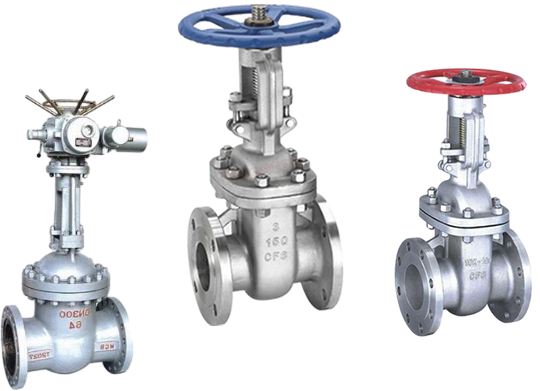china inline ball valves
Understanding China Inline Ball Valves A Comprehensive Guide
Inline ball valves are critical components in various industrial applications, providing reliable flow control and isolation in piping systems. China has become a significant player in the global market for these valves, offering a variety of designs and materials that cater to diverse needs across multiple sectors, including oil and gas, water treatment, chemical processing, and pharmaceuticals.
An inline ball valve operates using a spherical disc, known as a ball, which has a passageway through its center. When the ball is rotated 90 degrees, the valve opens and allows fluid to flow; when turned back, the flow is stopped. This simple yet effective mechanism ensures quick operation and minimal pressure drop across the valve, making it an ideal choice for high-flow applications.
Understanding China Inline Ball Valves A Comprehensive Guide
Moreover, the variety of materials available for inline ball valves reflects the diverse environments they are designed to operate in. Common materials include stainless steel, carbon steel, and various plastic composites. Stainless steel is particularly favored for its corrosion resistance, making it suitable for harsh environments like chemical plants. In contrast, plastic valves are often utilized in applications where weight is a concern or where the fluid being transported is aggressive or corrosive.
china inline ball valves

In terms of design, inline ball valves can be categorized into different types, including full-bore and reduced-bore options. Full-bore valves have a ball diameter that matches the pipe diameter, allowing for unrestricted flow and easy cleaning. Reduced-bore valves have a smaller ball diameter, which offers a compact design but may lead to a slight reduction in flow capacity. The choice between these types depends on the specific requirements of the application, including flow rates and pressure conditions.
China's inline ball valve industry also emphasizes innovation. Many manufacturers are incorporating smart technology into their valves, such as actuation systems that allow for remote operation and monitoring. This advancement enhances operational efficiency and safety, particularly in applications where valves are difficult to access.
As the demand for inline ball valves continues to grow globally, Chinese manufacturers are well-positioned to meet the needs of various industries. Their ability to produce high-quality, cost-effective valves, combined with a focus on innovation, ensures that they remain competitive in the international marketplace.
In conclusion, China’s inline ball valves play a vital role in numerous industrial applications, providing essential flow control solutions. With a wide range of materials, designs, and innovative features, they are equipped to perform under diverse conditions, making them a go-to choice for engineers and procurement specialists worldwide. As the industry evolves, China is likely to continue setting benchmarks for quality and technology in the valve manufacturing sector.
-
The Key to Fluid Control: Exploring the Advantages of Ball Valves in Industrial SystemsNewsJul.09,2025
-
The Versatile World of 1, 2, and 3 Piece Ball ValvesNewsJul.09,2025
-
Stainless Steel Ball Valves: The Ideal Choice for Efficient Flow ControlNewsJul.09,2025
-
Optimizing Fluid Control with Ball Float ValvesNewsJul.09,2025
-
Manual Gate Valves: Essential for Control and EfficiencyNewsJul.09,2025
-
Everything You Need to Know About Butterfly ValvesNewsJul.09,2025
-
The Versatility of Wafer Type Butterfly ValvesNewsJul.08,2025




